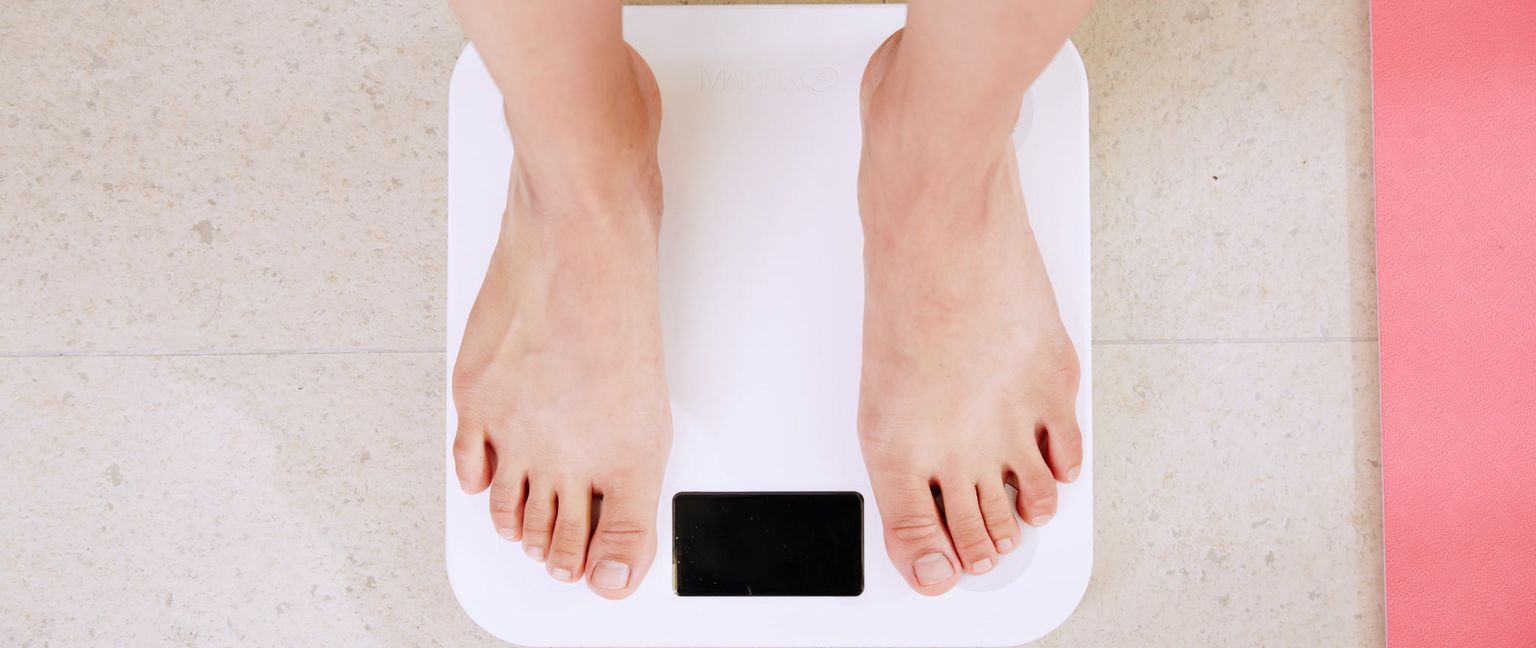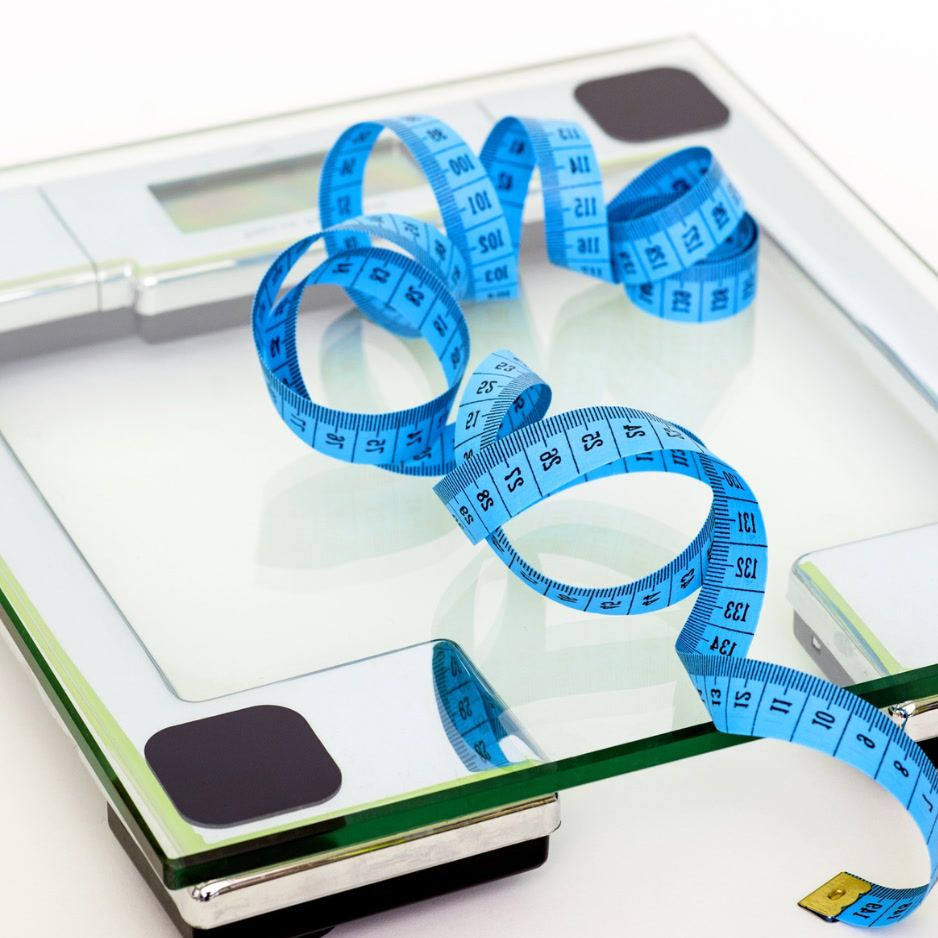Measuring Body Fat: A Comprehensive Guide from BodySpec

Accurately measuring body fat is important for a variety of reasons. It can help you track your progress when trying to lose weight or gain muscle, assess your risk for health conditions like heart disease and diabetes, and ensure that you are maintaining a healthy balance of fat in your body.
Here are some of the most common ways to measure body fat:
1. Body mass index (BMI)
BMI is a simple calculation based on your weight and height. It is often used as an indicator of overall body fat, although it does not directly measure body fat. To calculate your BMI, divide your weight in kilograms by your height in meters squared. A BMI of 18.5 to 24.9 is considered healthy, while a BMI of 25 or higher is considered overweight. It's important to note that BMI can be misleading for athletes and people with a lot of muscle mass, as it does not take into account muscle mass.
2. Skinfold thickness measurements
Skinfold thickness measurements involve using calipers to measure the thickness of a fold of skin and fat at specific points on the body. These measurements are then used to estimate body fat percentage. Skinfold thickness measurements are relatively inexpensive and easy to perform, but they can be affected by the skill of the person performing the measurement and the amount of hydration in the skin.

3. Bioelectrical impedance analysis (BIA)
BIA involves passing a small electrical current through the body to estimate body fat percentage. BIA is quick and easy to perform, but it can be affected by factors such as hydration levels and the presence of metal in the body.
4. Dual-energy X-ray absorptiometry (DEXA)
DEXA is a type of X-ray that measures the density of bones and soft tissues. It is often used to assess bone density, but it can also be used to estimate body fat percentage. DEXA is accurate and non-invasive, but it exposes the body to a small amount of radiation and can be more expensive than other methods. BodySpec offers affordable DEXA scans to get an accurate measurement of your body fat.
Get weekly updates.
5. Hydrostatic weighing
Hydrostatic weighing involves weighing yourself in water to determine body density. Body density can then be used to estimate body fat percentage. Hydrostatic weighing is considered one of the most accurate methods for measuring body fat, but it can be time-consuming and requires specialized equipment.
What’s Next?
You can measure your body fat and composition, lean mass gains and losses over time, and bone health by getting regular DEXA scans. DEXA scans can help you pinpoint regional changes in your muscle and fat as you work towards your goals. Your data will accrue and compare side by side on our reports, so you can stay on track to being your best self. Find an appointment today!


